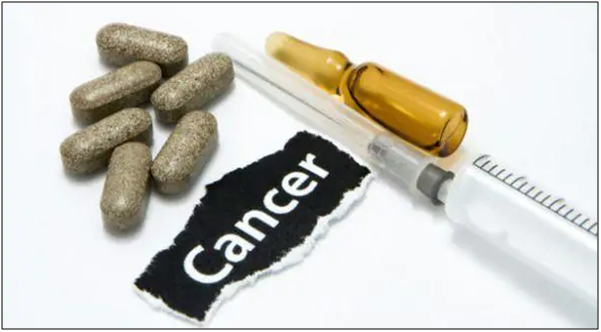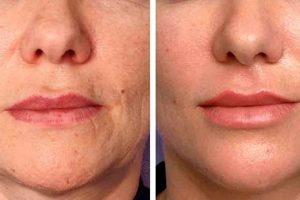
While there are many ailments that can cause health distress, cancer is one of the worst known health issues people face today. Understanding cancer and the risk factors are the most important way to prevent it.
While there are many different types of cancer, cancer of the skin is one of the more common types. For many patients that get diagnosed with skin cancer, it can be a bit surprising if they have had little cause for concern.
Understanding Risk Factors
While there are known risk factors, getting this type of diagnosis can be especially difficult for people who have not had excessive exposure to the sun. Understanding the risks and causes of skin cancer, what can be done to prevent it, and how to best treat it are vital informational tools in the battle against it.
Skin cancer can arise from a variety of sources. In most cases, skin cancer comes from over-exposure to the sun’s UV rays. Skin cancer often appears as a lesion or mole change when a person gets older, even if the bulk of a person’s unprotected sun exposure happened when they were younger.
People at the highest risk for skin cancer include:
- People with Fair Skin
- People with a History of Sunburns
- Excessive Amounts of Sun Exposure
- People Who Live in Sunny or High-Altitude Climates
- People Who Have Moles
- People with Weak Immune Systems
- People with History of Skin Cancer in their Family
- People Who Have a High Exposure Rates to Radiation
- People Who Have Used Tanning Beds
- People Who Have Precancerous Lesions
The biggest risk factor for skin cancer arises in people who have a history of excessive unprotected exposure to the sun. This is especially true for people who have fair skin.
Fortunately, with the advances in modern medicine more people today have a better understanding of their risks. However, in generations past, it was not unusual for people to use suntan lotion instead of sunscreen. Since most suntan lotions offered little UV protection, it was not unusual for people of older generations to have a history of sunburns.
Today, doctors know that people who have a history of blistering sunburns or an excessive sunburn history are at a higher risk of getting skin cancer. This can include tanning bed sunburns which are also a known causal factor for skin cancer.
Seeking Diagnosis and Treatment
For anyone who has an increased risk of skin cancer or who have been diagnosed with it, there are skin cancer treatments that can help. The most important to detail in cancer treatment is catching it early. If a lesion appears or a mole begins to change shape or colour, it is vital to seek immediate help from a skin cancer specialist like the Sun Doctors Brisbane patients have grown to trust.
People who have a personal or family predisposition to skin cancer or have heightened risk factors for skin cancer should see a skin cancer doctor to get a complete analysis and discuss any concerns they may have. Learning preventative measures and understanding how to be active in the battle against skin cancer is the best way to protect against it.
For people who are concerned that they may have a cancerous lesion or a precancerous lesion, it is always wise to have them examined by a skin cancer physician. If skin cancer is detected, the patient can begin an immediate treatment plan.
In the battle against cancer, the sooner it is detected, the better the patient’s chances are for a full recovery. Today there are a wide variety of treatment options available for patients who have been diagnosed with skin cancer.

